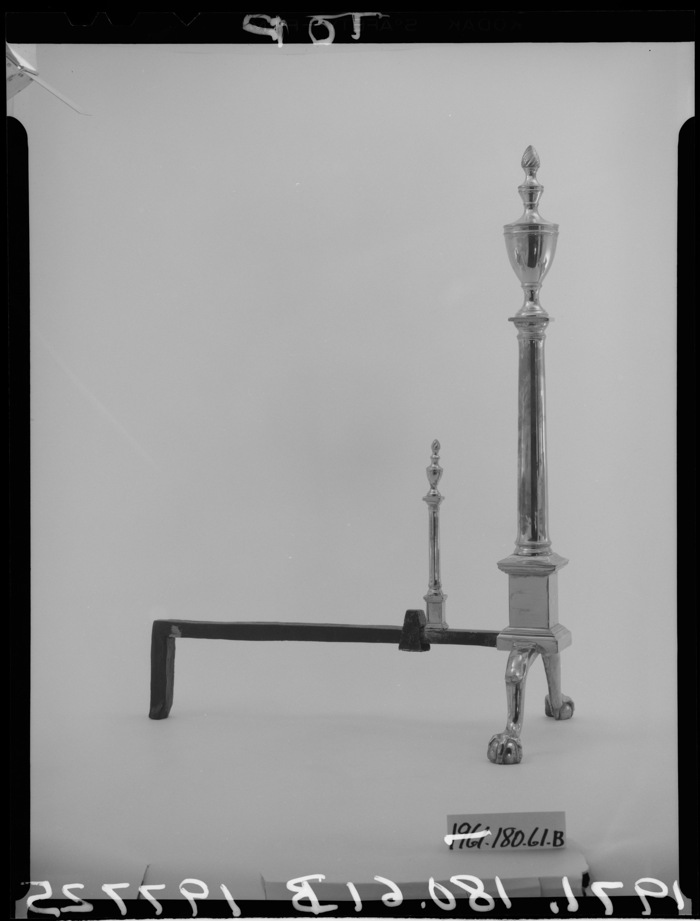
There are some developments in the andiron space.
In the eight years since an archival photo of a lone andiron at the Met attributed to Paul Revere—I’m struggling here to say exactly what it did. Diverted me onto a lyrical, conceptual mission? Transmuted itself into an artwork and me into an artist? Whatever, it changed my life. Point is, while I did not turn into some andiron freak, I did gain a somewhat heightened—heightened and specific—awareness of andirons in the world.
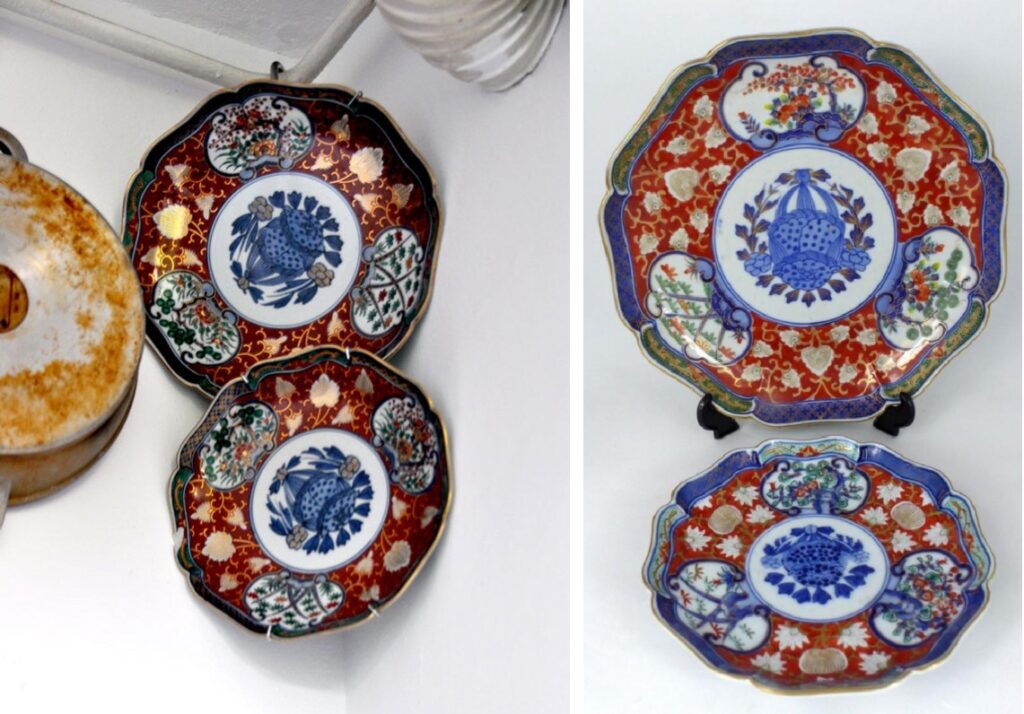
In considering the Rockefeller andirons, for example, it became ever clearer that it’s the the auratic concepts of provenance and attribution that pull on me. At that same moment, in 2018, these questions coalesced for me around Danh Vo’s work—where, of course, they’ve always been churning. At the moment I was writing about Vo’s Guggenheim show, a pair of Japanese Imari plates were being sold online. They were identical to an edition of his—an exceptional and still singular match, I found, after wading through 10,000 auction listings for Japanese plates—but had no trace of a connection either to him, or to the US general from whose estate Vo originally bought his plates.
I mention the Vo plates situation because that has now happened with the andirons.
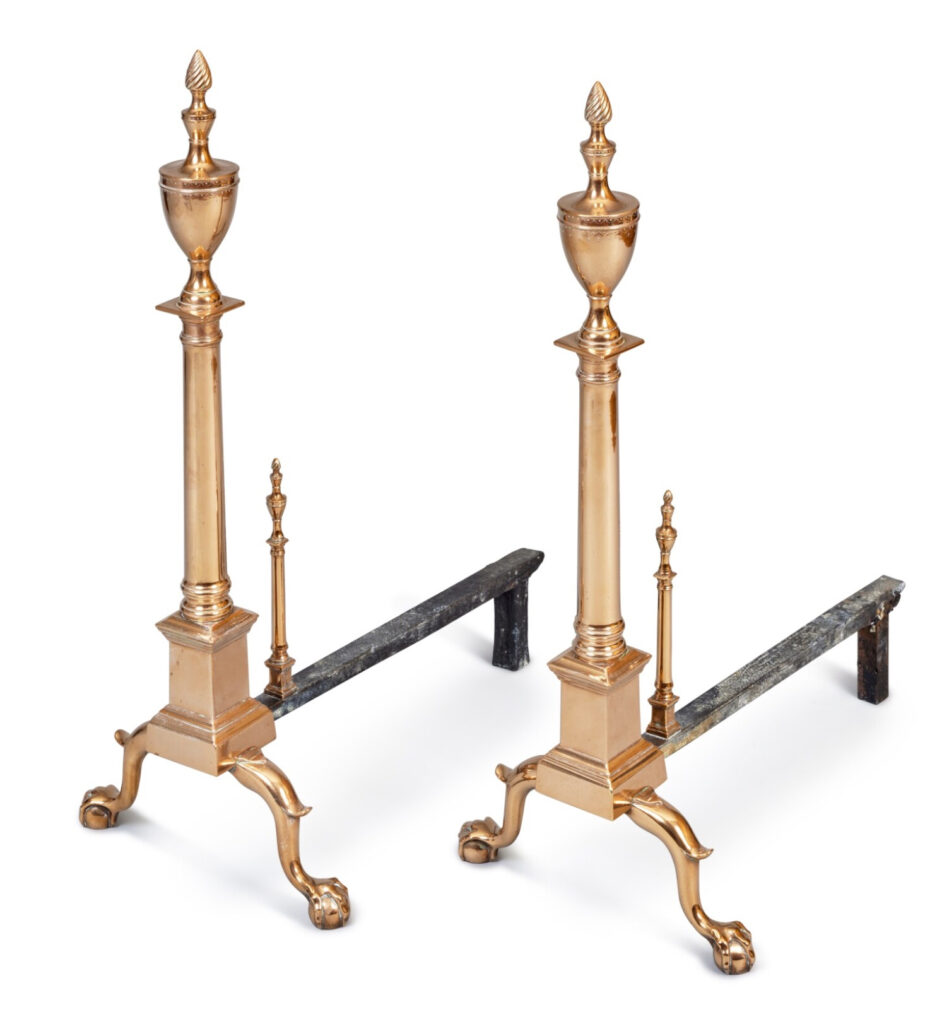
While scrolling through the ten [10!] sales of The Wolf Family Collection at Sotheby’s, I was stopped by Lot 898, The John Brown Family Pair of Chippendale Cast-Brass and Wrought-Iron Andirons, New York, circa 1790, which are being sold this Friday. They appear identical in almost every physical way to the Revere (attr.) andiron(s) at the Met, from the handling of the ball and claw feet; the knee spurs on the cabriole legs, and the little triangle flaps on top of the legs; the plinths, the columns, the urns, the flame finials; even the tiny swags around the edges of the urn.
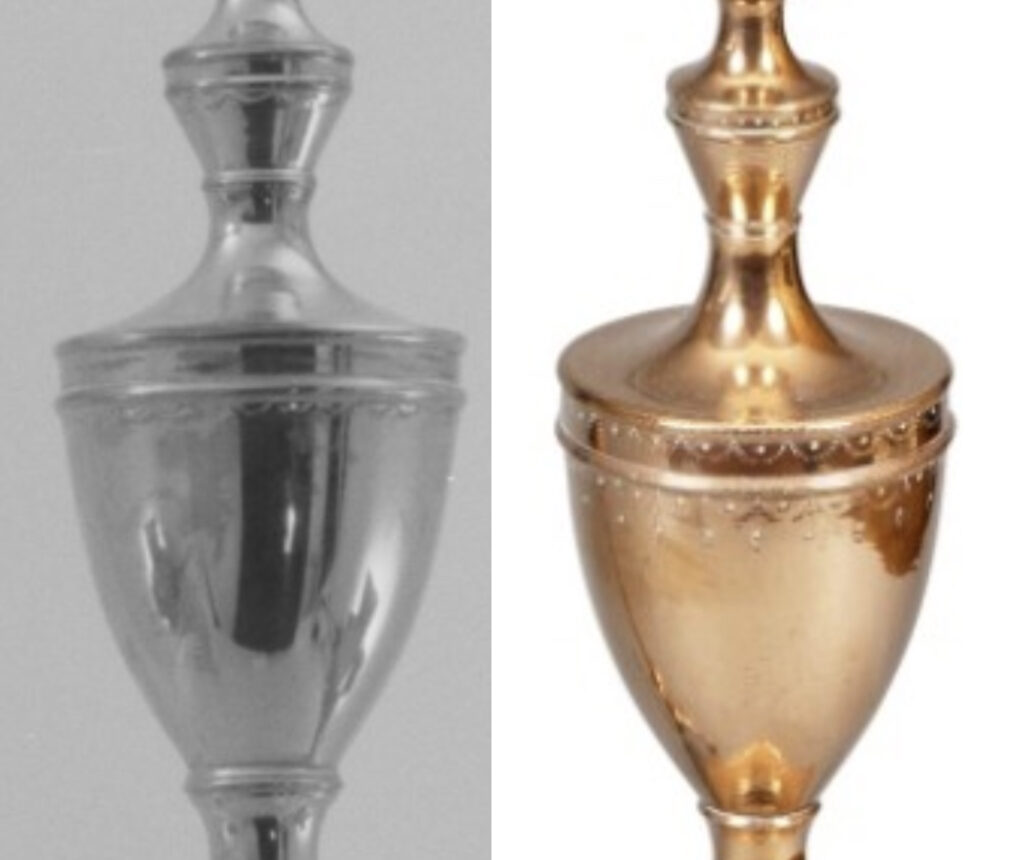
They are so identical, that it makes more sense to focus on the differences. Physically, maybe the double base of the column is handled differently. The Brown/Wolf andirons are listed as 3/4 inch taller [31 1/2 vs 32 1/4]. The Met’s andiron is described as “bell metal,” while the Wolfs’ is “cast brass,” which doesn’t feel significant without some side-by-side analysis.
It’s the other differences, though, the intangibles, that come to the fore: attribution, dating, location, provenance. The Met’s “attributed to Paul Revere, Jr.” drives the dating, c. 1780, and the site, Boston. But again, the whole poignant point was these andirons had no provenance beyond the illustrious donor, Mrs. Flora Whiting. Did she tell the Met’s curators she thinks they’re Revere? No, most likely she documented the attribution her dealer gave her when she bought them, and the curators were sanguine about it when they unpacked her bequest in 1971. And here we were.
Joy and Erving Wolf, meanwhile, bought their andirons antiquing in Connecticut in 1975, from a dealer who picked them up a year earlier, at a sale in Newport by the fourth descendant of John Brown to own them. John Brown was a slave trader, ship owner, and banker in Providence, an influential leader of the American Revolution, and one of the founding family of Brown University. They were his andirons, then they went to his daughter Sarah “Sally” Brown Hereshoff, though it’s not clear when. Sally married in 1801, and Brown died in 1803, so there are two options. They passed through four generations of Hereshoffs before Westcote Herreshoff Chesebrough, of Seekonk, Massachusetts, the Jersey City of Providence, finally decided to get rid of them by auctioning them, in Newport, at Wakehurst, a large, English-style mansion that had recently been converted to the student center of Salve Regina University. But also, they are listed as, “New York, c. 1790.”
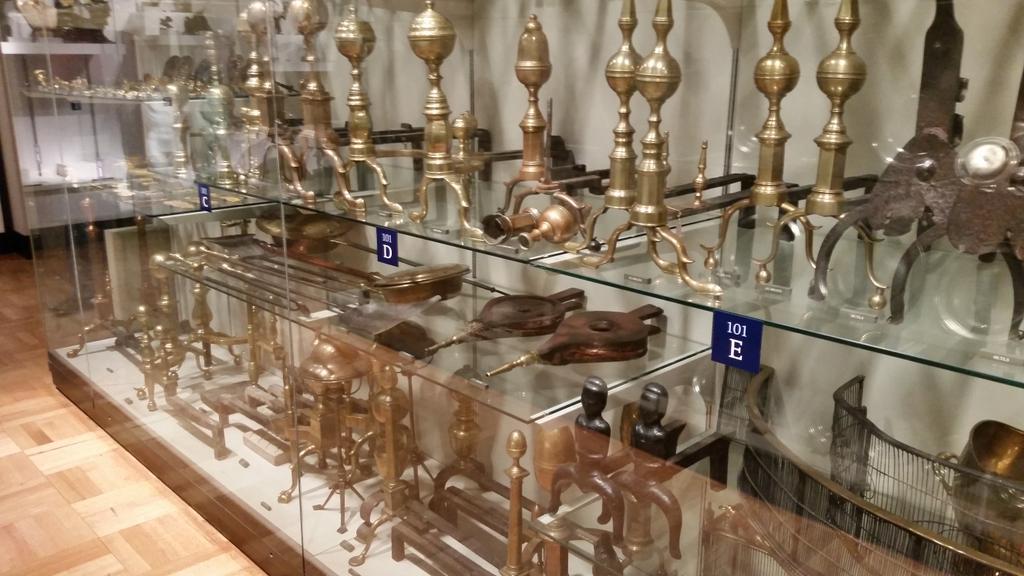
What sort of documentary practices or oral traditions the Brown/Hereshoffs adhered to, I don’t know. What sort of stylistic elements distinguish Boston andirons from New York, or Philadelphia, I also don’t know. Is there a dean of andiron scholarship out there who can tell at a glance that these are the same or obviously different, and this or that metadata about them is supported or suspicious? Is it possible that andirons so similar could have been made in two places, over a span of more than ten years, and that two are by Paul Revere—but it’s not the two with the unbroken provenance? Is it possible that they’re all by Paul Revere, but the guy who was also in the Sons of Liberty with Revere didn’t write that down? Or ever mention it to anyone who might have wondered why they were passing down these fireplace tools?
No, I feel the heat from the similarity of these andirons, and the Brown/Wolfs’ provenance will evaporate the Met’s attribution. If they get close enough to feel it. The reality is, there’s no reason, no occasion, no motivation, for this question to be raised—at least beyond this blog—much less addressed. Maybe the buyers of the Wolfs’ andirons will want to establish a connection between their andirons and the Met’s. Or maybe they’ll Google around a bit, and just decide yeah, no, let’s just steer clear of this blogger with the conceptual andiron fixation.
Lot 898: The John Brown Pair of Andirons from The Wolf Family Collection, est. $4,000-6,000 [sothebys]
Previously, related: Untitled (Andiron Attributed to Paul Revere, Jr.), 2014/15
Paul Revere (attr.) Time Capsule Text, Silver Plaque, Engraved Text, c. 1795
Unrealized Rockefeller Diptych (1650-2018)
Danh Vo: Shop The Look
